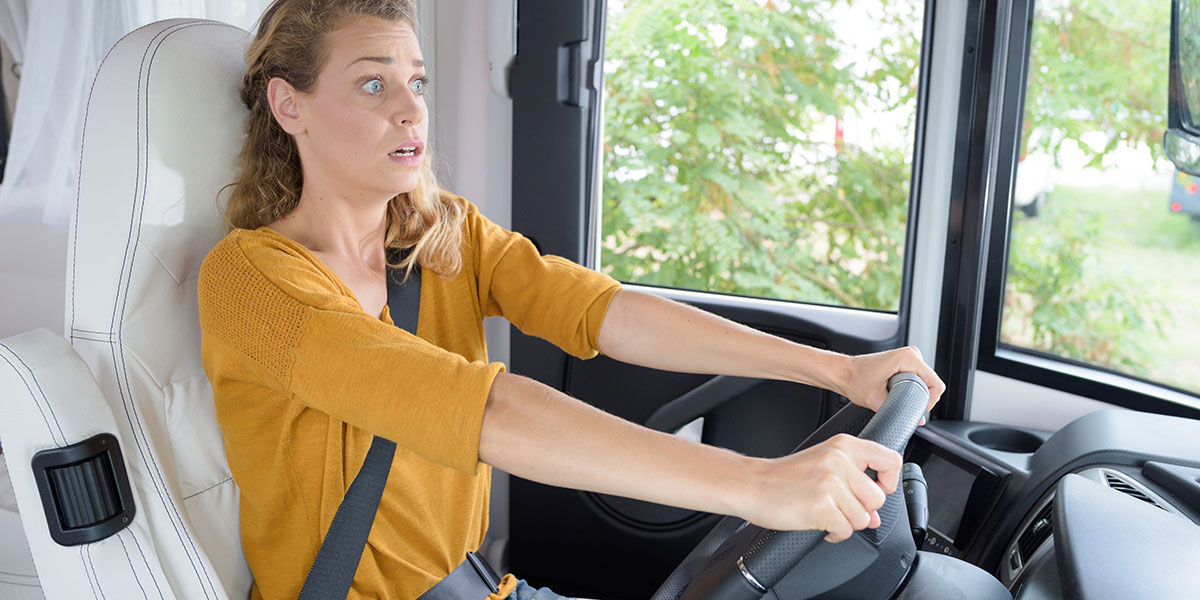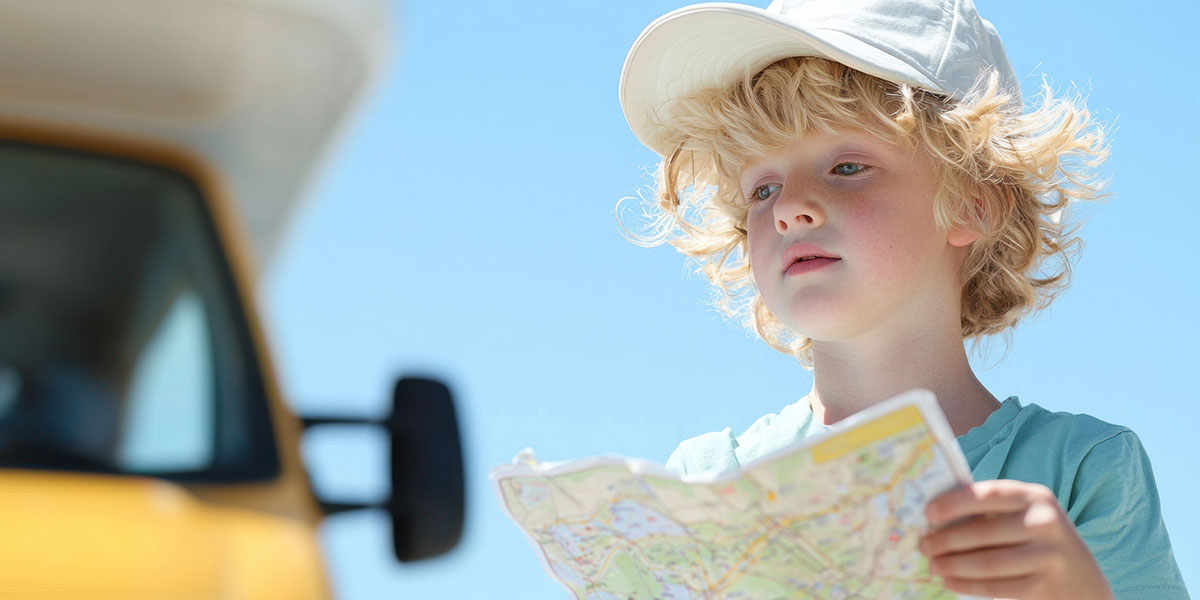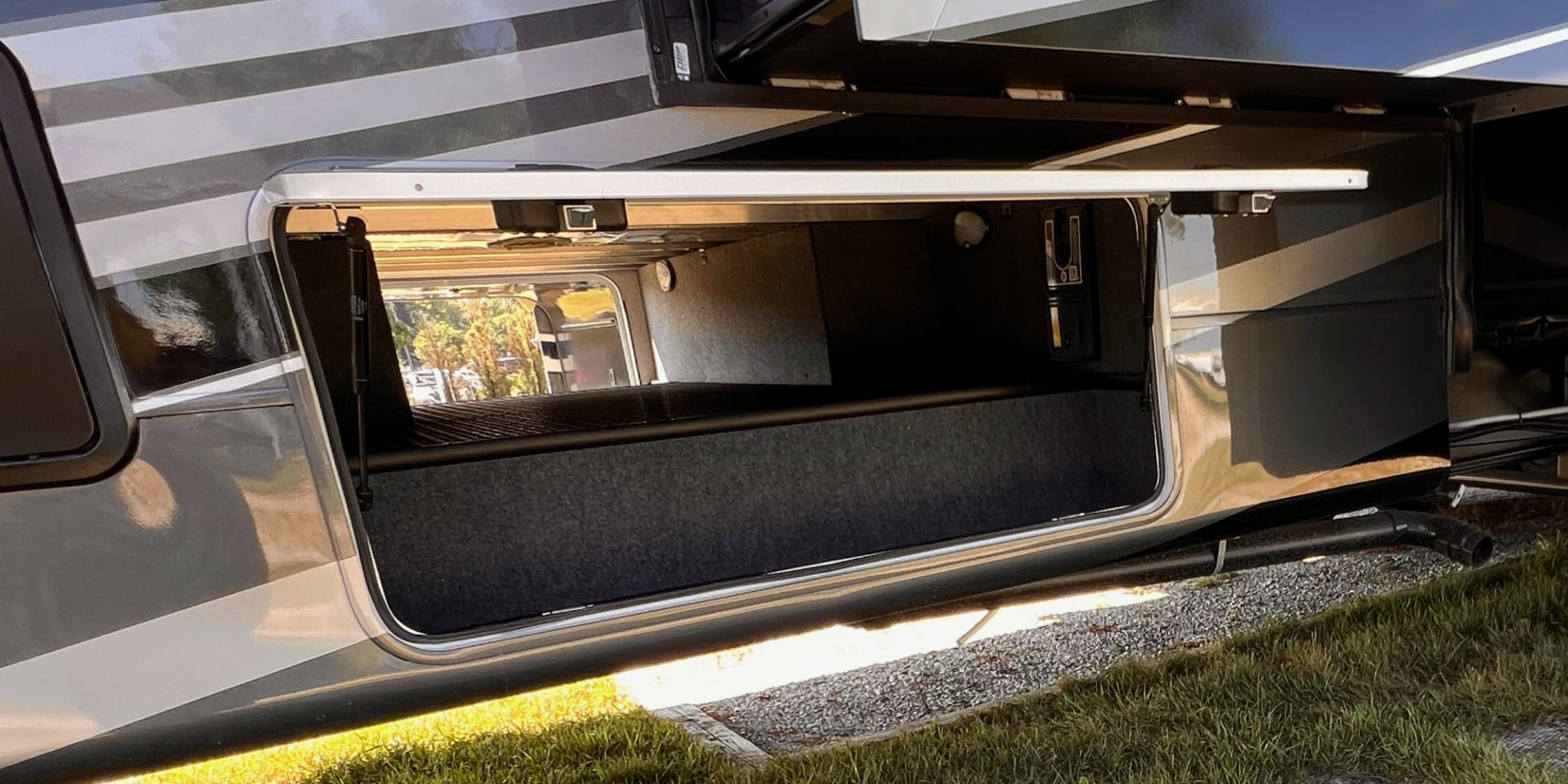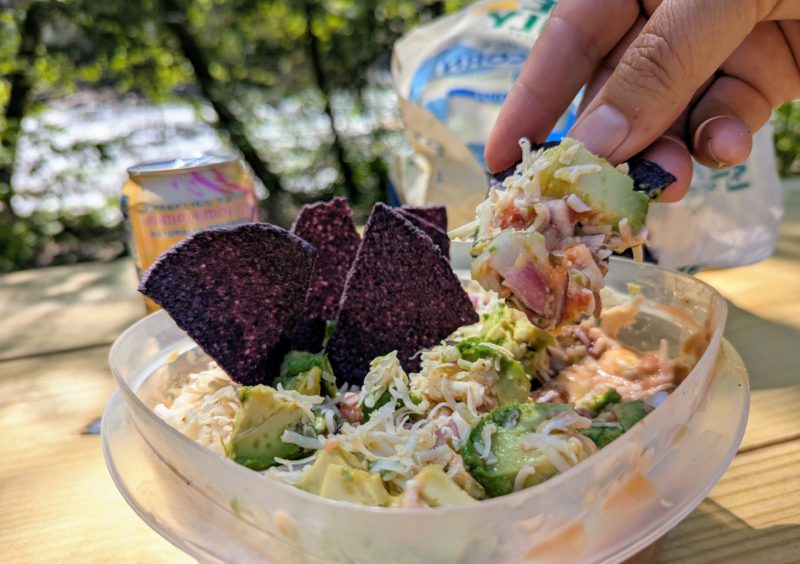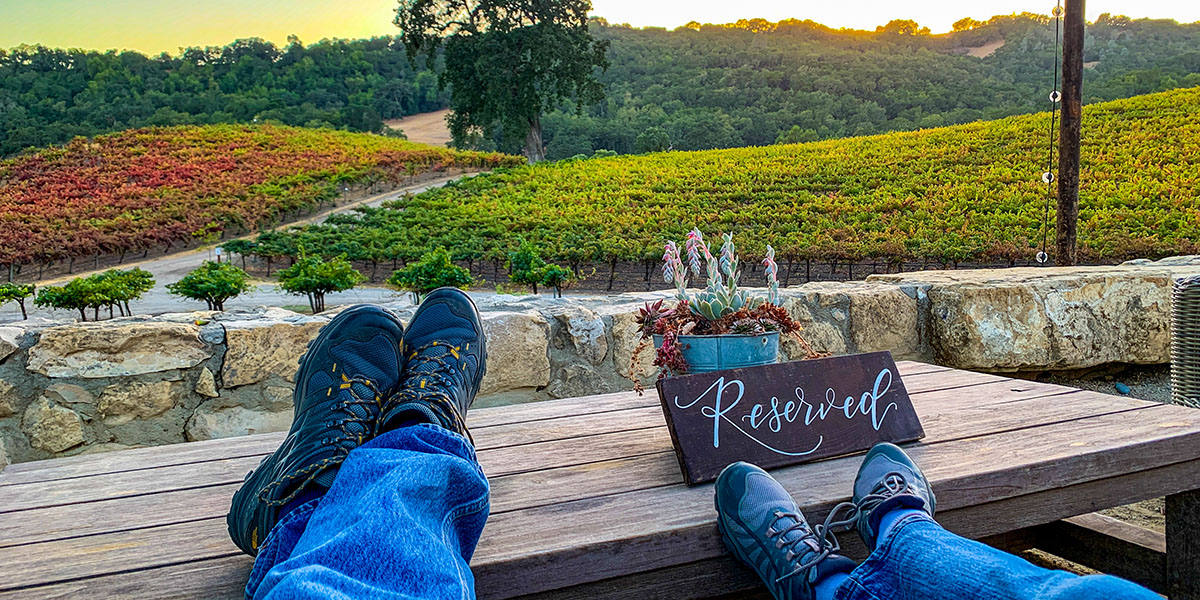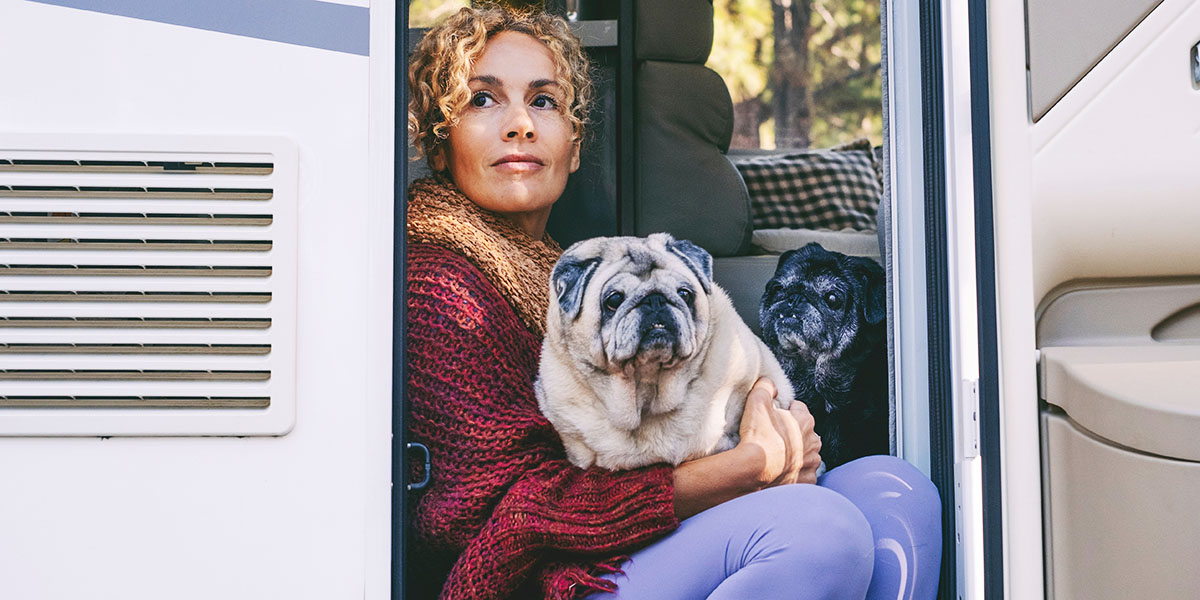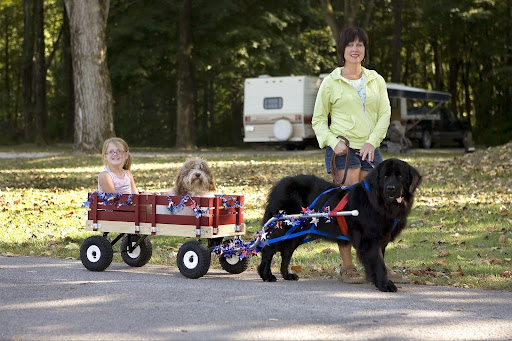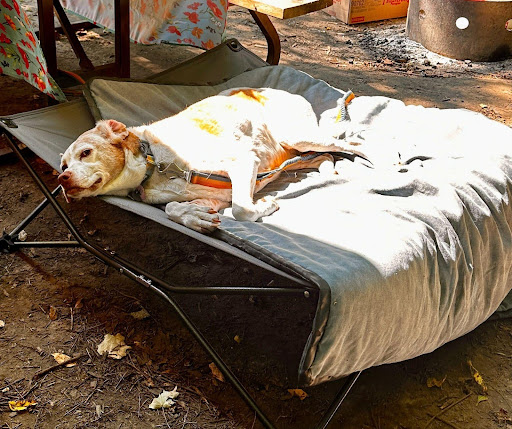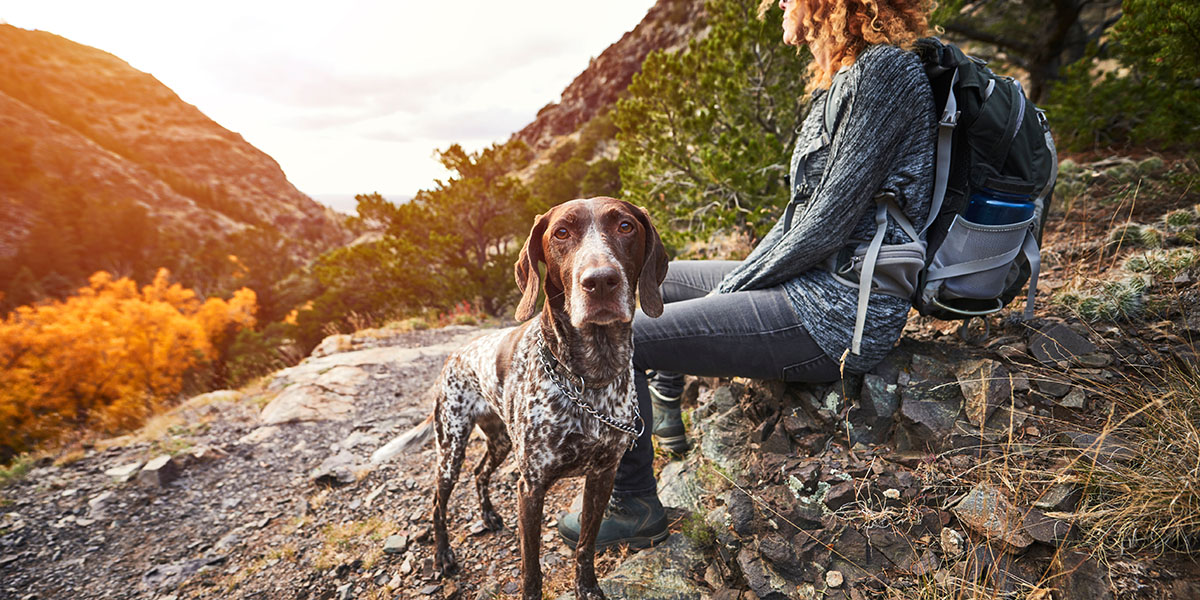When my wife and I first started RVing nearly seven years ago, we had no idea just how much there was to learn. We’ve traveled all across the U.S. and Canada in multiple RVs, from two fifth wheels to a Class B van and now a Class C motorhome. All on our own, we made plenty of RV newbie mistakes. But these days, nothing reminds us about the RV learning curve like traveling with first-timers.
Right now, we’re on a year-long road trip with my wife’s brother and our sister-in-law — who, before this adventure, had never RVed before. Watching them navigate the ins and outs of RV life has been both hilarious and eye-opening. (And, I should add, expected. RV newbie mistakes are part of learning.) Seeing them is a reminder that we were once in their shoes, making some of the same RV newbie mistakes they’re making now.
And trust me, we’ve all been there. Whether you’re still shopping for your first RV or are already out on the road, chances are you’re going to make mistakes. Some will be funny after the fact (like leaving the sewer cap on when dumping your tanks). Others could be costly or even dangerous.
So, to save you from the worst of them, here’s a list of RV newbie mistakes that nearly every new RV rookie makes — and how to avoid them.
Mistake No. 1: Not Understanding Your RV’s Weight Limits
If there’s one thing that every RVer should know before hitting the road, it’s how much weight their rig can safely handle. Many newbies just pack up and go without considering the following:
- GVWR (Gross Vehicle Weight Rating). The maximum your RV can weigh when fully loaded.
- GCWR (Gross Combined Weight Rating). The max weight of your RV plus any tow vehicle or towed trailer.
- Tongue Weight and Payload Capacity. If you’re towing, these numbers matter a lot to avoid dangerous sway.
We personally and unwittingly overloaded our second rig without even realizing it, and we suffered through costly mistakes as a result. (The biggest was having to upgrade to a new truck.) Luckily no accidents or serious incidents happened, but this type of situation can lead to poor handling, excessive tire wear, frame or axle damage, and so much more. Check your weight ratings, pack wisely, and don’t forget — water weighs a lot (8.3 pounds per gallon).
Mistake No. 2: Ignoring Tire Pressure and Maintenance
One of the most common (and dangerous) rookie mistakes is neglecting tire maintenance. Underinflated or overinflated tires can lead to:
- Uneven wear
- Blowouts on the highway
- Poor fuel efficiency
Before every trip, check your tire pressure using a quality tire gauge and adjust it to the manufacturer’s recommended PSI. We highly recommend buying a good air compressor that you know can inflate your tires to the recommended weight. And, if possible, invest in a tire pressure monitoring system (TPMS) to keep tabs on your tires while driving.
Mistake No. 3: Not Leveling Properly at Camp
When we first started RVing, we thought “good enough” was fine when it came to leveling. Wrong!!! A poorly leveled RV can lead to:
- Cabinets and doors that don’t close properly.
- Uncomfortable sleeping arrangements. This one made my wife and I laugh hysterically the next day, after our in-laws ignored our advice not to sleep so slanted on their first night in their Class B van, and they woke up hating life.
- Poor fridge performance. Some RV refrigerators need to be level to work properly.
Newbies often assume that leveling means eyeballing it. (And, admittedly, with years at it, my wife and I are pretty good at it.) But a small bubble level and some leveling blocks make all the difference. If you have an auto-leveling system, double-check it before settling in. It’s worth the extra few minutes.
Mistake No. 4: Underestimating the Importance of the Right Sewer Gear
Ah, the dreaded black tank mistake known as the poopsie — every rookie’s rite of passage. If you think dumping your tanks is as simple as hooking up and pulling the lever, you’re in for a smelly surprise.
Mistakes we’ve seen (or made ourselves) include:
- Not securing the sewer hose properly. (Hello, disaster.)
- Leaving the black tank valve open at an RV park. This causes the dreaded poo pyramid inside your tank. So …
- Always close your black tank, add some water and treatment to it, and then when it is near full, you should open the valve and dump.
- Never think that you can leave the black tank open during a stay. It is only opened when dumping, and then it should be closed.
- Not using a clear sewer hose adapter. You need to see when the water runs clear after rinsing.
A Few Game-Changer Tips
Invest in disposable gloves, RV-friendly toilet paper, and enzyme tank treatments to keep things clean and minimize the odor. We take it a step further and have a specific trash can with a lid for toilet paper that sits next to the toilet. This allows us to use normal toilet paper, which is way more readily available, and we don’t have to worry about the paper causing a blockage in the tank. Just make sure you have a trash bag, gloves, and disinfectant spray to dispose of the TP properly.
Mistake No. 5: Not Understanding RV Electrical Systems
We’ve met a lot of first-time RVers who plug into any power source without checking voltage, polarity, or amperage. This is a great way to fry your electronics.
Things every RVer should always do:
- Use a surge protector. Do this. before plugging into shore power.
- Know your rig’s electrical needs. Do you require 30-amp or 50-amp service?
- Check campground power pedestals. You want to identify any issues before plugging in.
Blown fuses and dead batteries are frustrating, but an overloaded system can do real damage.
Mistake No. 6: Thinking Boondocking is as Simple as Parking Anywhere
Boondocking is our favorite way to camp, but a lot of rookies assume you can just pull up and park anywhere for free. It doesn’t quite work that way.
Common newbie boondocking mistakes:
- Not knowing where it’s legal to camp. Check BLM land, national forests, or other resources for options. We like to use apps like iOverlander and Hipcamp to search places to stay.
- Running out of water or battery power. You tanks by themselves may run dry after a day or two.
- Not having a plan for dumping tanks. When you’re off-grid, you need to know where your next dump station is.
If you’re new to boondocking, start small. Try it for one or two nights near civilization before heading deep into the wild.
Mistake No. 7: Not Checking the Weather Before Driving
If you’re towing or driving a big rig, bad weather can ruin your day fast. Rookie RVers often make the mistake of:
- Ignoring wind speeds. High winds can push your rig around.
- Driving in extreme heat. This puts extra strain on your engine and tires.
- Not watching for icy conditions. A slide-out in winter is no fun.
A simple weather check for the week and before every travel day can save you a ton of stress and potential damage.
Mistake No. 8: Forgetting to Secure Everything Before Driving
It’s easy to forget how much stuff shifts while you’re driving until you hear something crash behind you. Newbies often forget to:
- Latch cabinets and drawers
- Secure loose items on counters
- Lock the fridge
We’ve all had the moment where we open the fridge or a cabinet after parking and get attacked by flying groceries or supplies. (It only takes once to learn your lesson.)
RV Newbie Mistakes Happen — Learn From Them
If you’re new to RVing, don’t stress too much about making mistakes. They will happen. Even after seven years of full-time RV life, we still have moments where we laugh at ourselves for doing something dumb.
After traveling with my wife’s brother and sister-in-law for the past few months, it’s been fun to see RVing through fresh eyes again. They’ve had their fair share of learning experiences, but they’re getting better every day — and that’s what it’s all about.
The key is to be prepared, ask questions, and always double-check your setup. Before long, you’ll be laughing at your own early mistakes and passing along advice to the next set of rookies.
So, whether you’re just getting started or a few trips in — read up, learn from others, and enjoy the journey. Safe travels!
